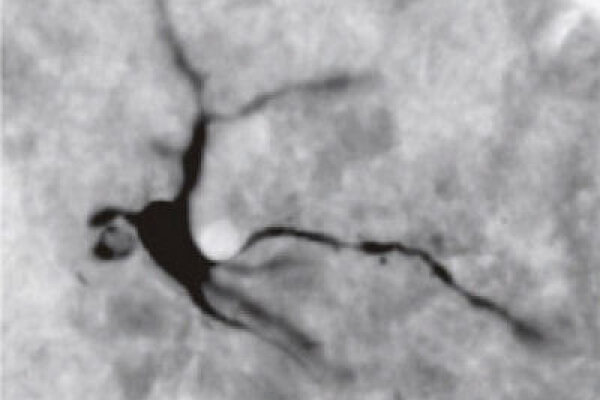2010-01-30

Tetrodotoxin, the poison of the buffer fish, is often used by neuroscientists to selectively block specific brain regions. In spite of this abundant use, little was known about the temporal and spatial decay of TTX injected in brain tissue. Scientists of the Biopsychology group have now been able to develop an immunohistochemical protocol to make injected TTX visible on brain slices. With this approach they could show that the diffusion of TTX one hour after injection to pigeons' entopallium was 3 mm in all directions. Furthermore, contrary to the often assumed decay period of maximally 24 h, they showed that only after 48 hours TTX had completely cleared from the brain tissue. With this new approach the spread of injected TTX can easily be visualized and therefore it makes the blocking of specific brain regions more reliable.

Tetrodotoxin, the poison of the buffer fish, is often used by neuroscientists to selectively block specific brain regions. In spite of this abundant use, little was known about the temporal and spatial decay of TTX injected in brain tissue. Scientists of the Biopsychology group have now been able to develop an immunohistochemical protocol to make injected TTX visible on brain slices. With this approach they could show that the diffusion of TTX one hour after injection to pigeons' entopallium was 3 mm in all directions. Furthermore, contrary to the often assumed decay period of maximally 24 h, they showed that only after 48 hours TTX had completely cleared from the brain tissue. With this new approach the spread of injected TTX can easily be visualized and therefore it makes the blocking of specific brain regions more reliable.